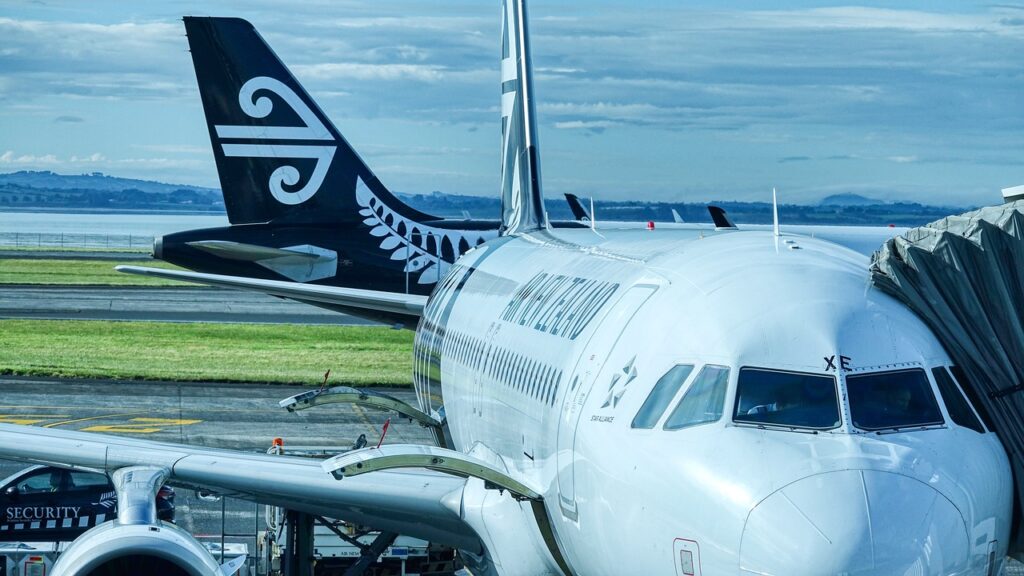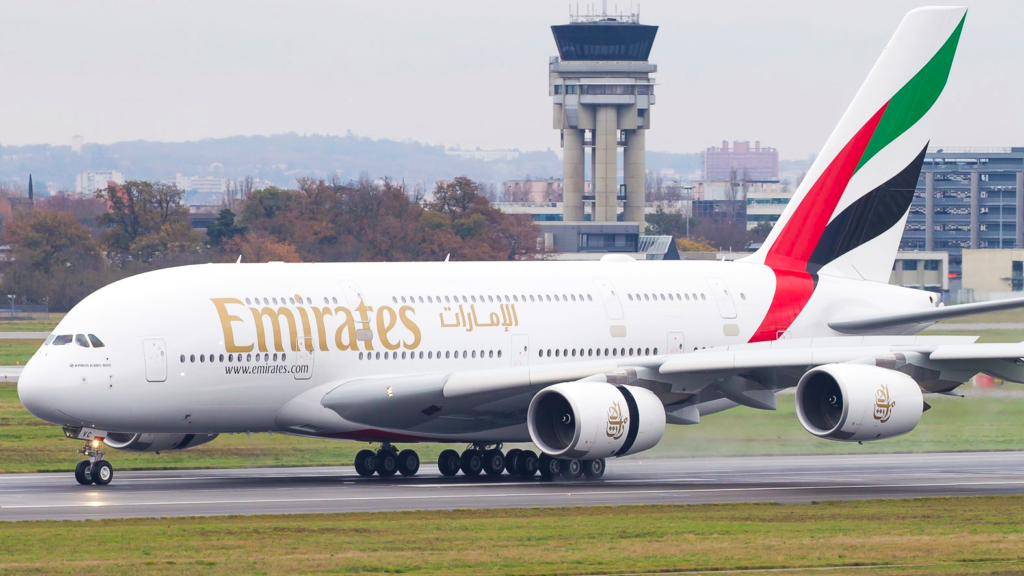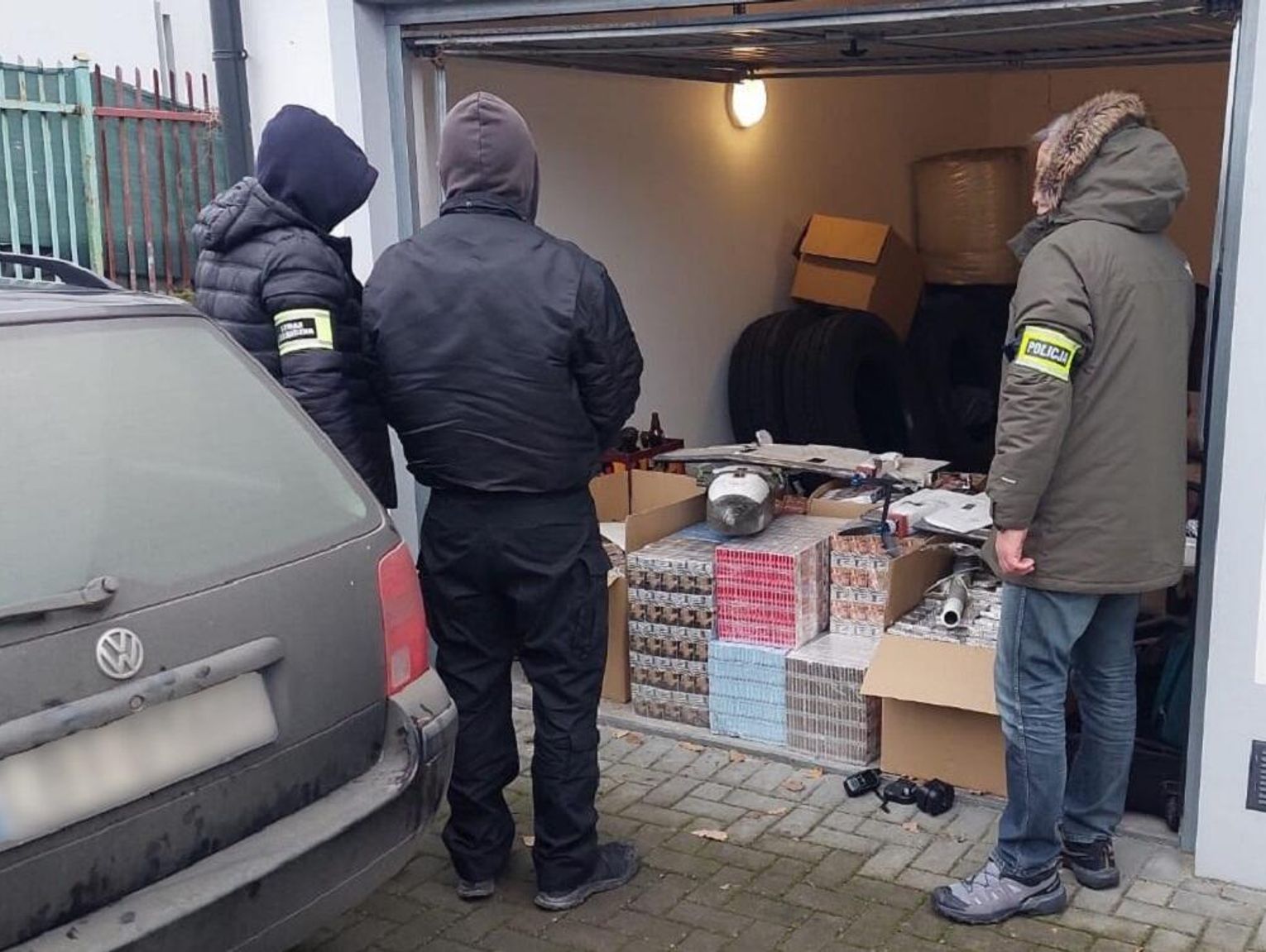
BRISBANE- An Air New Zealand (NZ) Boeing 777 damaged in a ground collision at Brisbane Airport (BNE) will return to Auckland (AKL) on Sunday for repairs.
The aircraft, grounded after sustaining a 7cm fuselage puncture below the cockpit window, will fly unpressurised at approximately 10,000 feet—well below standard cruising altitude—without passengers or cargo.
 Photo: By Mark Harkin – ZK-OKR Boeing 777 Air New Zealand, CC BY 2.0, https://commons.wikimedia.org/w/index.php?curid=60606001
Photo: By Mark Harkin – ZK-OKR Boeing 777 Air New Zealand, CC BY 2.0, https://commons.wikimedia.org/w/index.php?curid=60606001Air New Zealand 777 Fuselage Hole
On Thursday, an Air New Zealand Boeing 777 sustained structural damage during a routine pushback at Brisbane Airport (BNE).
The aircraft collided with an airbridge, resulting in a 7 cm-wide hole in the fuselage skin beneath the captain’s window. This damage prompted the immediate cancellation of flight NZ146 to Auckland (AKL) and a full engineering inspection on-site.
After consulting with Boeing engineers, Air New Zealand confirmed that the aircraft will be flown back to Auckland under specific safety protocols.
It will cruise at roughly 10,000 feet—about one-third of its normal operating altitude—with an unpressurised cabin and no passengers or cargo onboard.
 Photo: Pixabay
Photo: PixabayExecutive Remarks
According to Nathan McGraw, Chief Safety and Risk Officer at Air New Zealand, the planned ferry flight adheres to standard industry procedures for such incidents.
He explained that the airline’s engineering team coordinated with Boeing to determine the safest method for returning the aircraft to base.
Importantly, this aircraft was already scheduled for routine maintenance in Singapore (SIN) later in the week. As a result, the incident has not disrupted the airline’s broader operational schedule. Engineers in Auckland (AKL) will now conduct the necessary fuselage repairs before sending the aircraft on to Singapore.
All passengers originally booked on the affected NZ146 service from Brisbane (BNE) were re-accommodated within 24 hours, according to an airline spokesperson.
No injuries occurred during the ground incident, and safety protocols were immediately enacted.
The airline emphasized that while low-altitude, unpressurised ferry flights are uncommon, they are a recognised method for repositioning damaged aircraft when safety conditions allow.
Air New Zealand reassured stakeholders that all procedures are in compliance with international aviation safety standards.
 Emirates Airbus A380 | Photo: Clément Alloing
Emirates Airbus A380 | Photo: Clément AlloingSimilar Incident
On July 1, 2022, Emirates (EK) flight EK430, operated by an Airbus A380, landed in Brisbane (BNE) after a 13-hour journey from Dubai (DXB) with visible fuselage damage.
The aircraft, registered as A6-EVK, departed Dubai International Airport (DXB) and landed at Brisbane Airport without incident to passengers, despite a major hole later discovered in the left side of the fuselage.
The Emirates A380 flight EK430, spanning 7,442 miles, departed from runway 30L at Dubai International Airport and climbed gradually from 31,000 to 39,000 feet. Approximately 30 to 45 minutes into the flight, some passengers reported hearing a loud bang, but no unusual sounds or turbulence followed for the remainder of the trip.
As the aircraft approached Brisbane, the flight crew alerted air traffic control of a potential blown tire on takeoff and requested emergency services to be on standby. The plane landed safely on runway 19R and was later towed to the apron for inspection. Upon post-flight assessment, a significant hole was found on the fuselage’s left side, below the passenger windows and just aft of the wing.
Investigators also noted a missing bolt and cap on the nose landing gear. Whether this issue is related to the fuselage damage remains under review.
One passenger seated roughly ten rows ahead of the affected section shared that a loud bang was heard shortly after takeoff. The cabin remained calm, with no further noises or disturbances. Passengers were unaware of the damage until after landing.
The smooth landing and subsequent towing of the aircraft were explained to passengers as precautionary due to suspected gear issues. Only once on the ground did crew and travelers see the extent of the fuselage damage.
An Emirates A380-800 safely landed at Brisbane, #Australia () with a huge hole in its fuselage.
The pilots thought they blew a tire on takeoff from Dubai, UAE (). A person who claimed to be a passenger said they heard a loud bang when they “had been in the air for a while.” pic.twitter.com/ilhx2oMMlD
— Bizjets of War (@bizjetsofwar) July 2, 2022
Operational and Safety Response
The return flight to Dubai was canceled, and the aircraft remained grounded in Brisbane pending further inspection. Emirates and aviation safety authorities initiated an investigation to determine the source of the damage and evaluate procedural responses.
Experts suggest the hole may have formed during takeoff, potentially caused by a burst tire or foreign object damage. However, no conclusions will be drawn until official findings are released. Aviation professionals note that if the crew had been aware of any structural breach, diversion would have been mandatory.
Stay tuned with us. Further, follow us on social media for the latest updates.
Join us on Telegram Group for the Latest Aviation Updates. Subsequently, follow us on Google News
Air New Zealand Flight bound to Auckland diverted due to “Strange Odor”
The post Air New Zealand Boeing 777 with Hole will Fly Back from Brisbane to Auckland appeared first on Aviation A2Z.















